Japanese Weeping Maple Care: Tips For Growing Japanese Weeping Maples

Amy Draiss
Japanese weeping maple trees are among the most colorful and unique trees available for your garden. Unlike regular Japanese maples, the weeping variety grows happily in warm regions. Read on for additional information about Japanese weeping maples.
About Japanese Weeping Maples
The scientific name of Japanese weeping maples is Acer palmatum var. dissectum, of which there are several cultivars. The weeping variety is both delicate and supple, bearing the lacy leaves on branches that bend gracefully toward the ground.
The leaves of Japanese weeping maple trees are deeply dissected, much more so than regular Japanese maples with erect growth habits. For that reason, Japanese weeping maple trees are sometimes called laceleafs. The trees rarely get taller than 10 feet (3 m.).
Most people who plant Japanese weeping maple trees look forward to the autumn show. Fall color can be bright yellow, orange, and red. Even when you are growing Japanese maples in total shade, the fall color can be striking.
How to Grow a Japanese Weeping Maple
You can start growing Japanese weeping maples outdoors unless you live outside U.S. Department of Agriculture plant hardiness zones 5 to 9. If you live in cooler or warmer zones, consider growing them as container plants instead.
When you think about Japanese weeping maples, you’ll realize that the delicately cut leaves will be vulnerable to heat and wind. To protect them, you’ll want to site the tree in a place providing afternoon shade and wind protection.
Be sure the site drains well and follow a regular watering schedule until an extensive root system develops. Most laceleaf varieties grow slowly but are resistant to harm from pests and diseases.
Gardening tips, videos, info and more delivered right to your inbox!
Sign up for the Gardening Know How newsletter today and receive a free copy of our e-book "How to Grow Delicious Tomatoes".
Japanese Weeping Maple Care
Protecting the tree’s roots is part of Japanese weeping maple care. The way to care for the roots is to spread a thick layer of organic mulch over the soil. This holds in moisture as well and prevents weed growth.
When you are growing Japanese weeping maples, water them regularly, especially in the early days after transplanting. It’s a good idea as well to flood the tree from time to time to leach salt from the soil.

Teo Spengler is a master gardener and a docent at the San Francisco Botanical Garden, where she hosts public tours. She has studied horticulture and written about nature, trees, plants, and gardening for more than two decades. Her extended family includes some 30 houseplants and hundreds of outdoor plants, including 250 trees, which are her main passion. Spengler currently splits her life between San Francisco and the French Basque Country, though she was raised in Alaska, giving her experience of gardening in a range of climates.
- Amy DraissDigital Community Manager
-
 Get Ready For A Summer Of Hummers! Grow These Full Sun Hummingbird Plants and Flowers
Get Ready For A Summer Of Hummers! Grow These Full Sun Hummingbird Plants and FlowersIf you’re lucky enough to enjoy a sunny backyard, make sure you are maxing out on your pollinator opportunities and grow these full sun hummingbird plants and flowers
By Tonya Barnett
-
 12 Lush Alternatives To A Lawn For Sustainable Spaces
12 Lush Alternatives To A Lawn For Sustainable SpacesAlternatives to a lawn are beautiful and also beneficial to your local ecosystem and its pollinators. Explore our top picks for plants to replace grass.
By Tonya Barnett
-
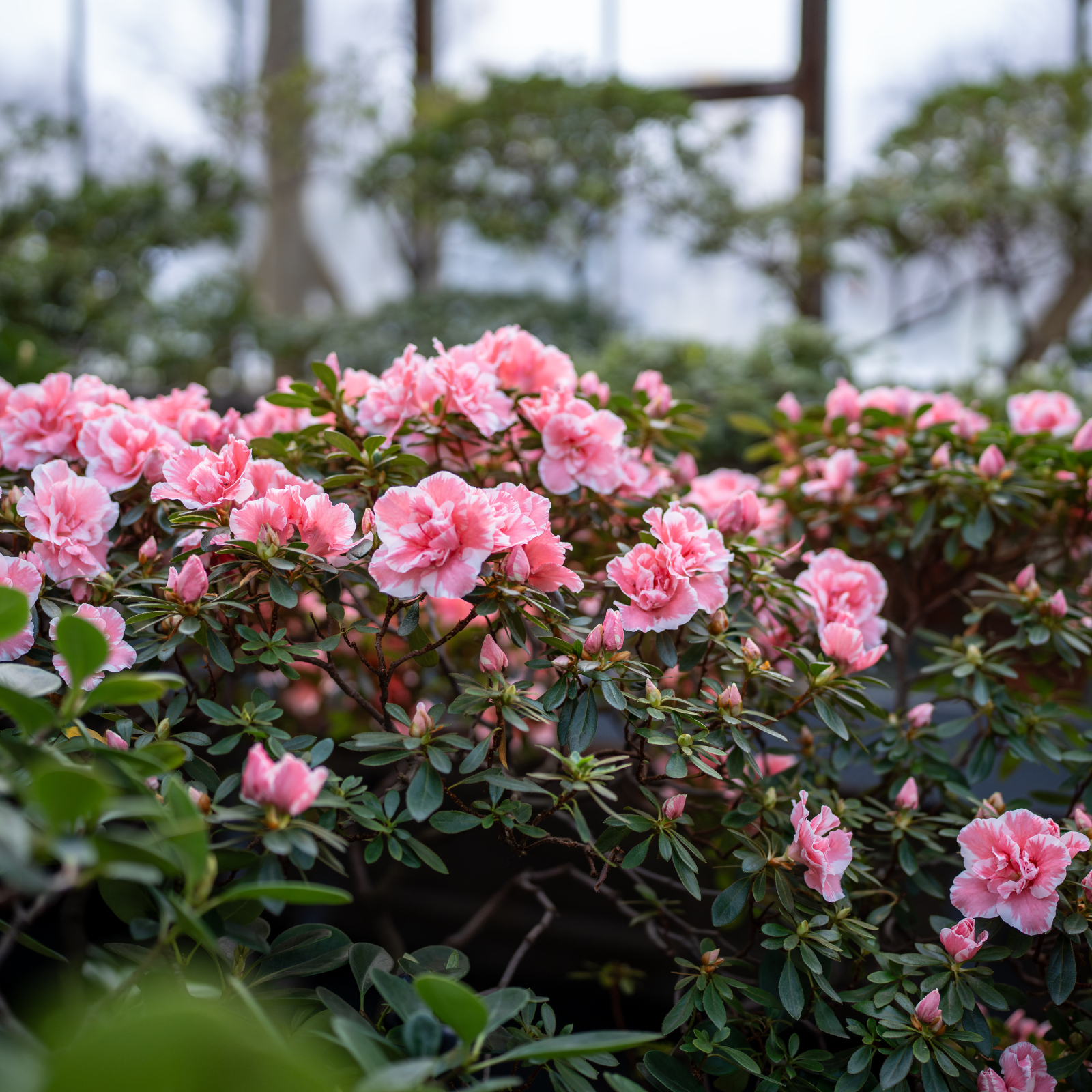 What Is The Size Of An Azalea? Explore Different Varieties That Will Suit Every Garden
What Is The Size Of An Azalea? Explore Different Varieties That Will Suit Every GardenThe size of azaleas can vary widely because they have been selectively bred for different landscape needs. Check out our picks for each size category.
By Mary Ellen Ellis
-
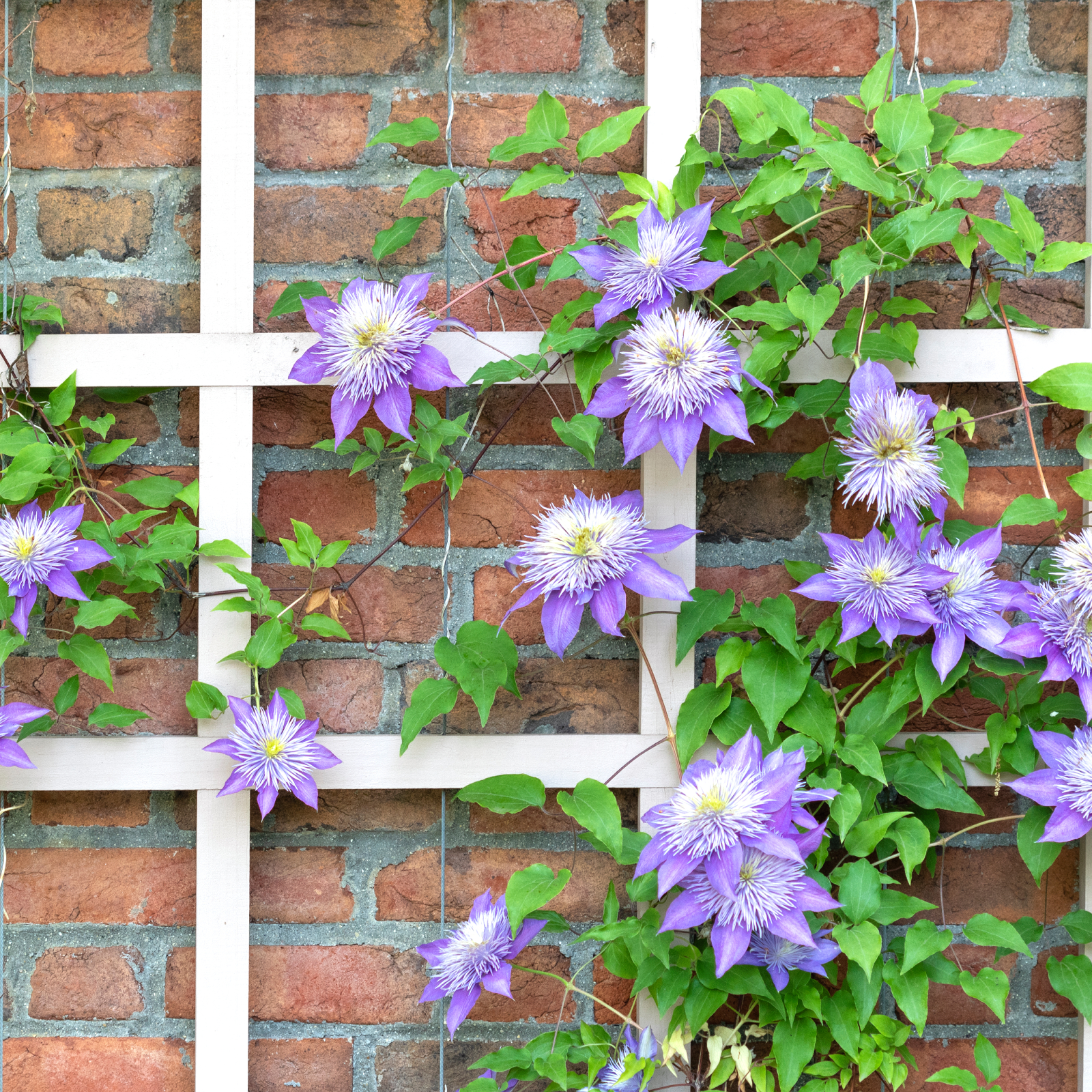 5 Fabulous Fast-Growing Vines – That Will Quickly Climb Any Arbor, Trellis, Or Fence
5 Fabulous Fast-Growing Vines – That Will Quickly Climb Any Arbor, Trellis, Or FenceThese fast growing vines are perfect for covering any eyesores in your yard or creating a living fence. They will provide great visual interest, as well.
By Amy Grant
-
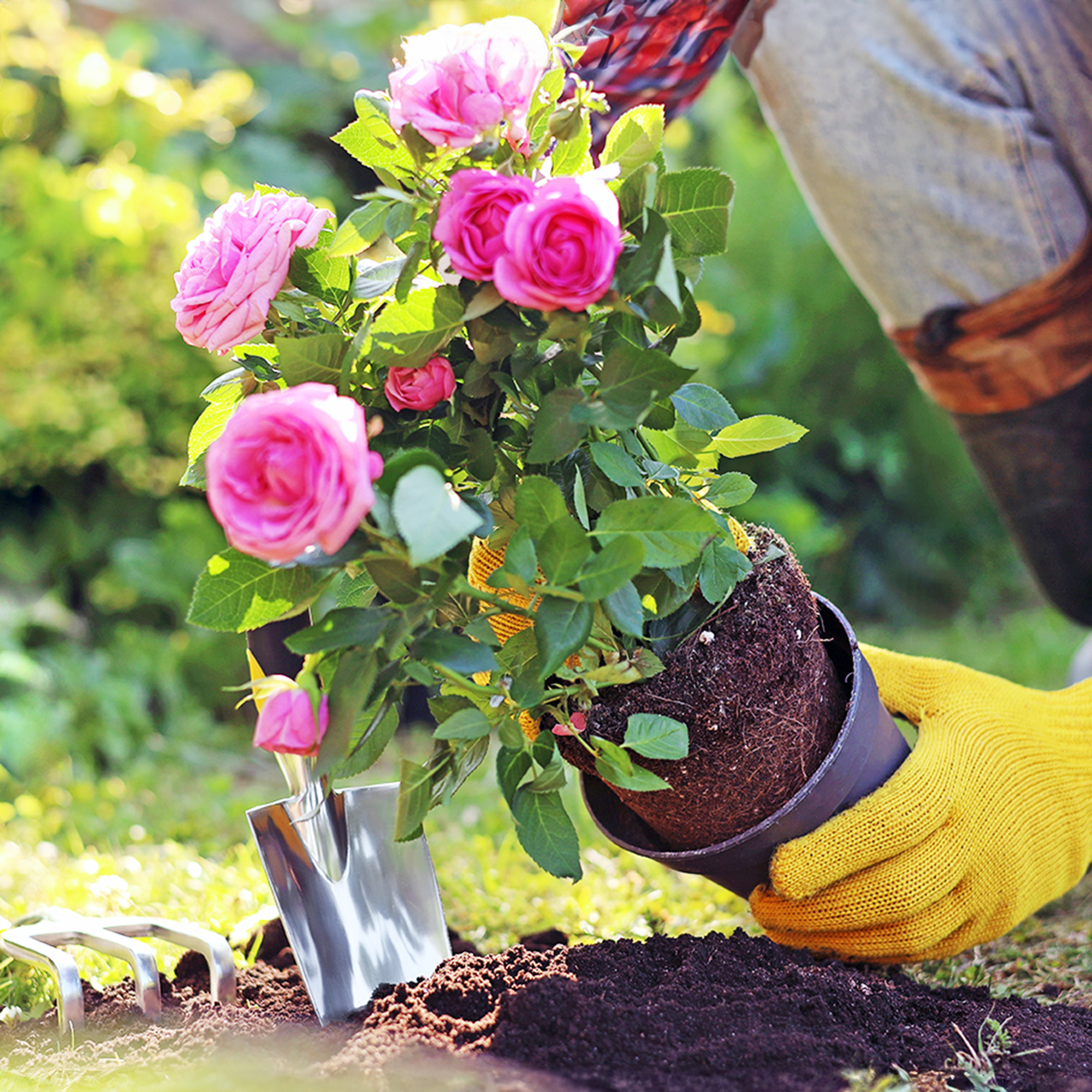 When To Plant Roses: The Best Time For Your Climate And Rose Type
When To Plant Roses: The Best Time For Your Climate And Rose TypePlant your roses at the right time and you will be rewarded with decades of glorious summer flowers – but get it wrong and you'll be crying over dead shrubs.
By Teo Spengler
-
 Spectacular Early Blooming Shrubs: 6 Sparkling Spring Flowering Bushes
Spectacular Early Blooming Shrubs: 6 Sparkling Spring Flowering BushesWant to kickstart your gardening year with dazzling spring flowering bushes for beds and borders? These unique early bloomers are sure to help you rise and shine!
By Teo Spengler
-
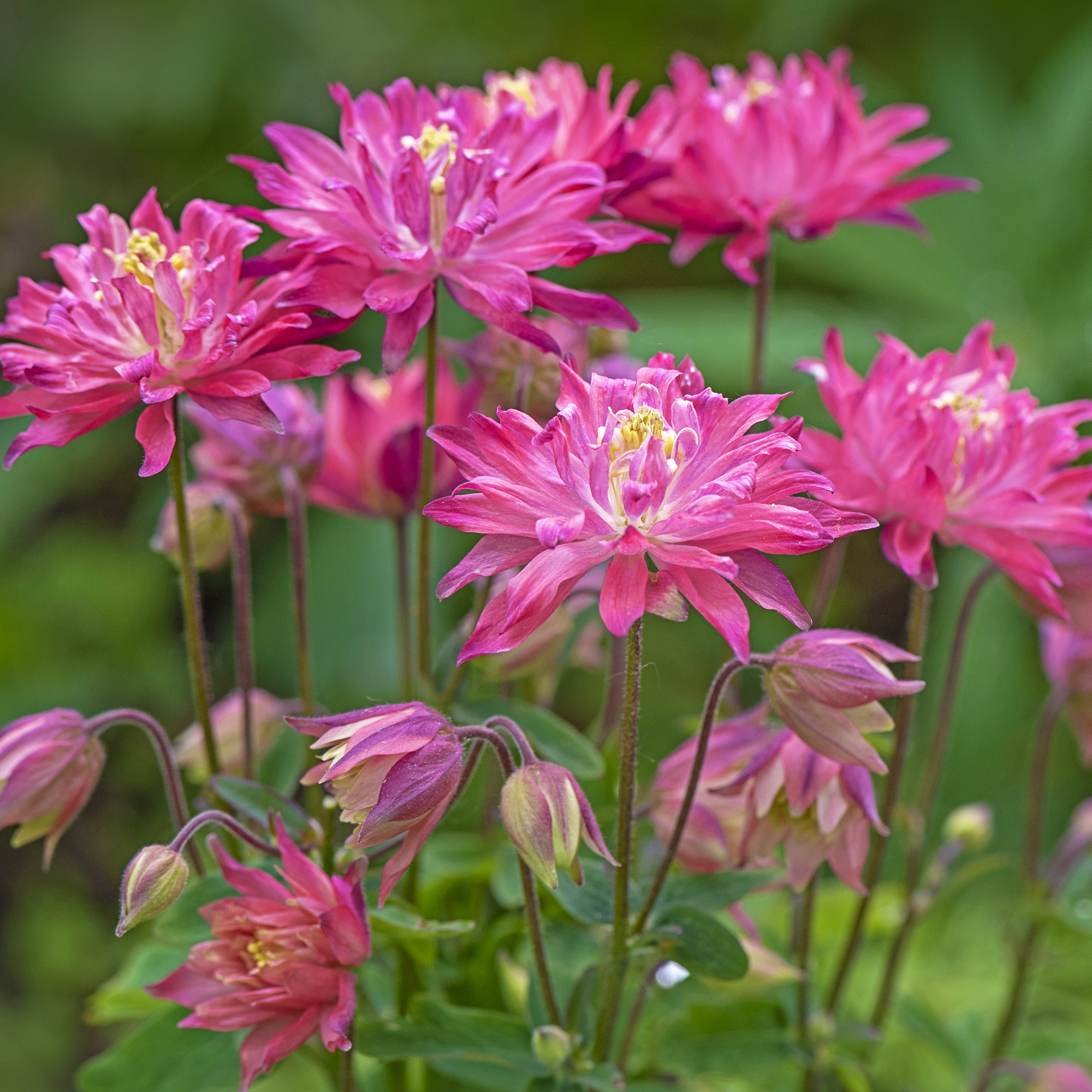 7 Shade-Loving Flowers To Start From Seed Now For A Stunning Summer Garden
7 Shade-Loving Flowers To Start From Seed Now For A Stunning Summer GardenTurn shady spots into vibrant new garden spaces with lovely and illuminating shade-loving flowers.
By Ellen Wells
-
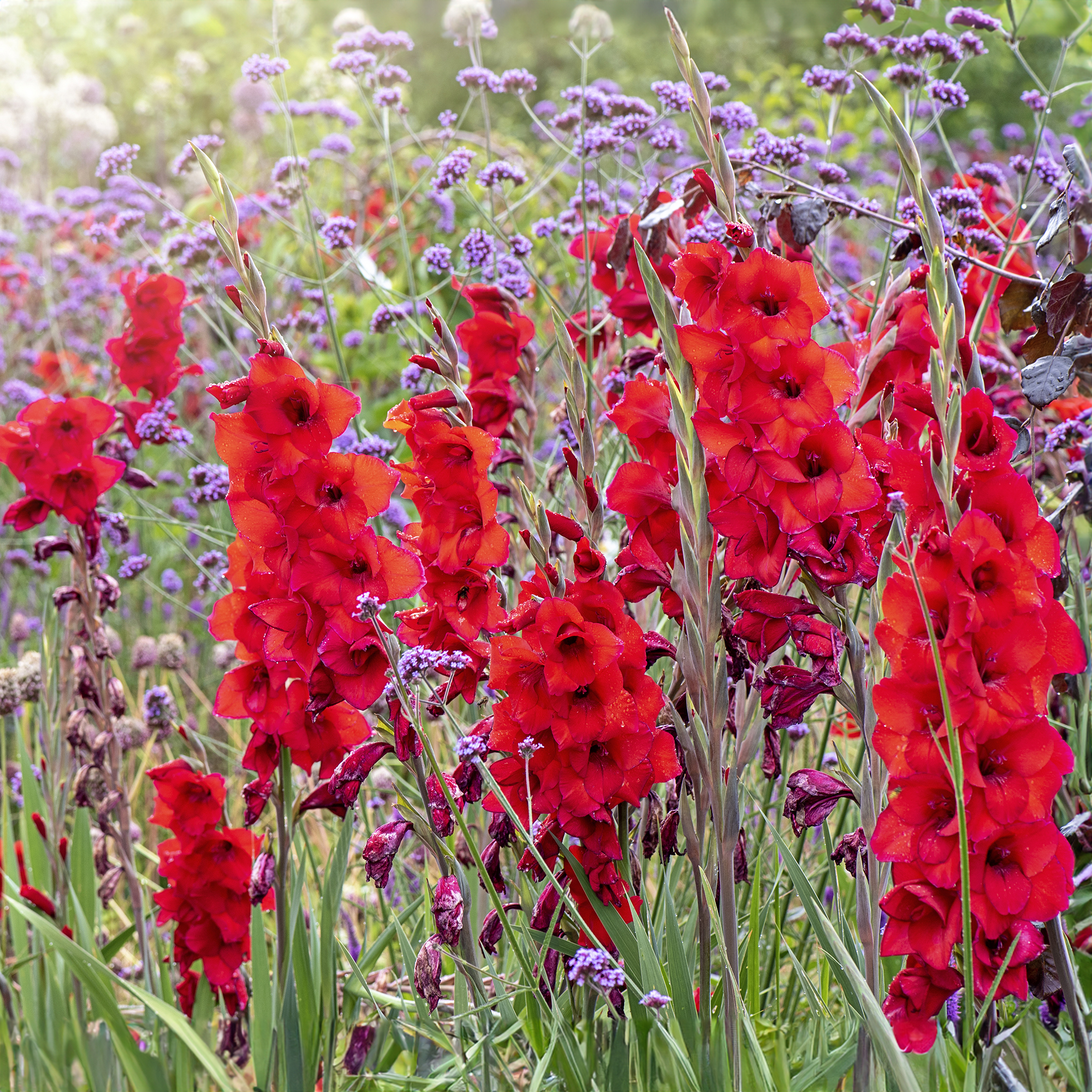 7 Summer-Blooming Bulbs To Plant In Early Spring: Don't Miss Months Of Glorious Flowers!
7 Summer-Blooming Bulbs To Plant In Early Spring: Don't Miss Months Of Glorious Flowers!Get a head start on stunning summer blooms with these easy-to-plant bulbs – act early and you will enjoy vibrant flowers that last for months on end.
By Mary Ellen Ellis
-
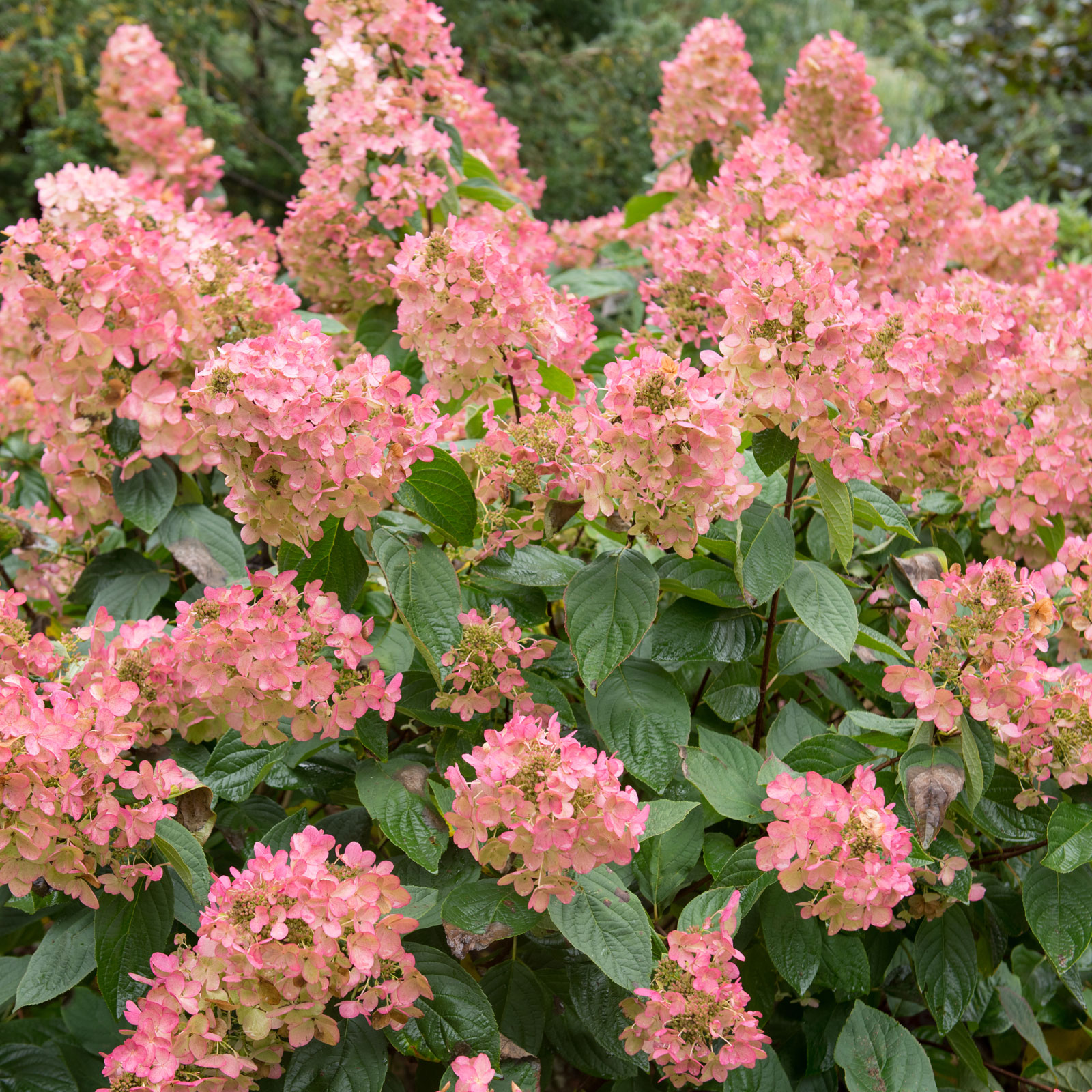 Quick Fire Hydrangea – The Elegant, Easy-Care Shrub Every Gardener Needs In Their Landscape
Quick Fire Hydrangea – The Elegant, Easy-Care Shrub Every Gardener Needs In Their LandscapeIf you’re after an early flowering panicle hydrangea that offers plenty of floral variety, the Quick Fire hydrangea goes big on visual dynamics from early summer to fall
By Tonya Barnett
-
 8 Rare Orchids That Make Stunning Houseplants – Some Are Surprisingly Easy To Grow
8 Rare Orchids That Make Stunning Houseplants – Some Are Surprisingly Easy To GrowDiscover unique orchids that will add exotic beauty to your home. Some make easygoing houseplants, while others offer a challenge for more seasoned growers.
By Melanie Griffiths